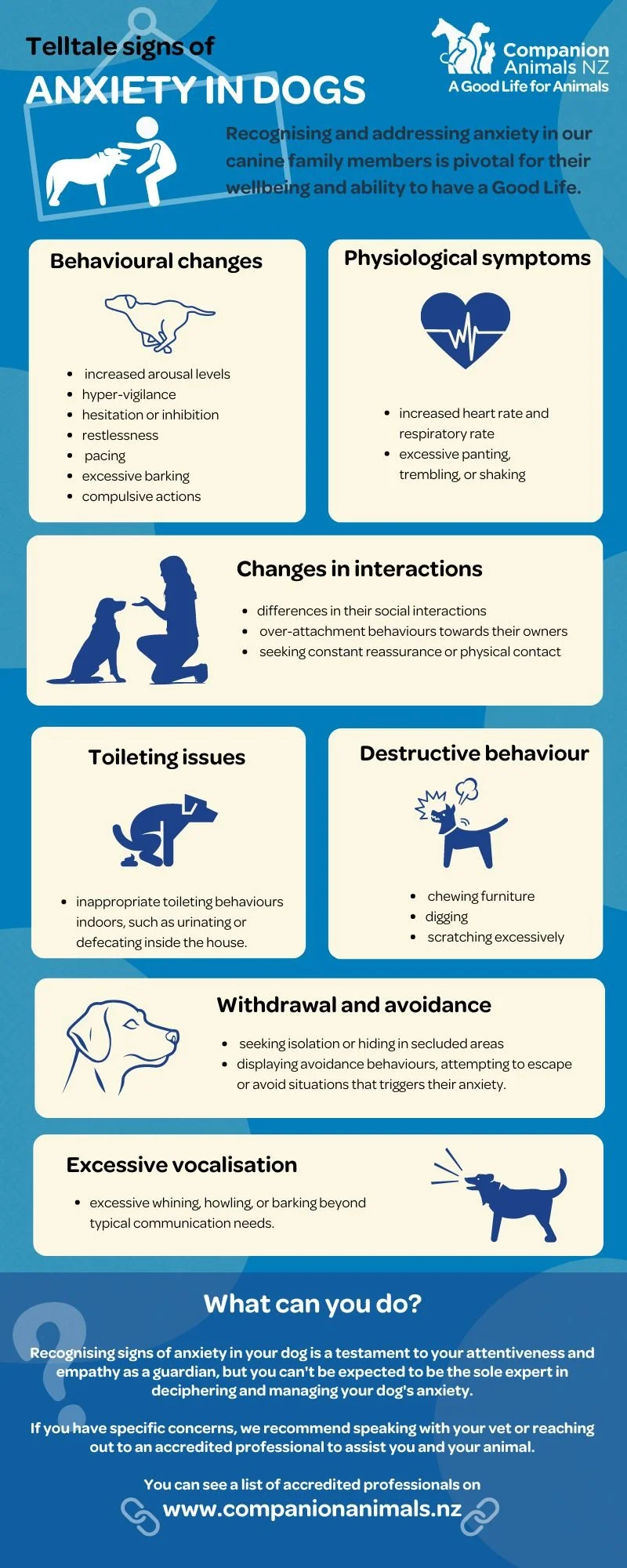🚨 Submissions are now open on New Zealand’s Emergency Management Bill
Closes: 3 February 2026
New Zealand’s Emergency Management Bill is currently open for public submissions. This Bill is the second revision and has benefited from significant input from animal agencies, including a submission from us at Companion Animals NZ (CANZ).
We’re pleased to see that the Bill now does refer to animals - this is an important step forward. However, there are still gaps that matter deeply for pets, the people who care for them, and the communities responding to emergencies.
Pets are family — but the law still treats them as property
Under current New Zealand law, companion animals are legally classified as property. This legal framework is long-standing and affects how animals are treated across many areas of law, including emergency management.
While this approach may work in some contexts, it becomes problematic during disasters. When animals are grouped alongside property like buildings or vehicles, it risks overlooking a crucial reality: animals are living, sentient beings more important to save than objects.
New Zealand already recognises this. The Animal Welfare Act 1999 (as amended 2015) explicitly acknowledges that animals are sentient — able to feel pain, distress and emotions — and places obligations on people to meet their physical, health and behavioural needs.
The challenge is that this recognition of sentience isn’t always carried through into emergency legislation.
We are expressing our concern within the draft Bill over the delegation of power to destroy* animals (s 133 (1) (a, b) in much the same way as the power to destroy property. While there are situations where euthanasia may be necessary in an emergency, a power that allows the destruction of a sentient being must be handled with great care. As currently worded, the Bill doesn’t go far enough in making animal health and wellbeing a core focus when these decisions are made.
We’d also like recognition of ‘animal sentience’ consistent with the Animal Welfare Act 1999 (as amended 2015) in the preliminary provisions.
CANZ believes emergency powers affecting animals should be clearly guided by:
A duty to preserve life wherever possible
Explicit recognition that animals are sentient
Alignment with existing animal welfare obligations.
Why this is important
The current Bill refers to animals, but it doesn’t clearly state that companion animals are part of households for the purposes of emergency planning. Nor does it clearly set out how pets should be treated during evacuation, response and recovery.
CANZ is asking for that clarity — so everyone, from councils to emergency responders to families themselves, knows that pets are meant to be included and protected as much as possible, not just considered when it’s convenient.
This matters because almost two thirds of New Zealand households (64%) share their home with a companion animal. When emergency planning doesn’t reflect this reality:
People may delay evacuating
Families may remain stranded
Some may attempt to re-enter dangerous areas to rescue their animals.
These situations put both people and animals at risk.
Recovery matters too: reuniting lost pets
Emergencies don’t end when the immediate danger passes. Recovery can take weeks, months or longer — and for many families, reuniting with a lost pet is a critical part of healing.
That’s why we’re also calling for identification and reunification of lost pets to be recognised as an essential part of emergency response and recovery.
Microchipping, registration on the New Zealand Companion Animal Register (NZCAR), and reunification efforts aren’t “extras”. They reduce distress, support community recovery, and help bring families back together after disasters.
Planning for real life
Emergency planning works best when it reflects how people actually live. For many New Zealanders, that means planning for pets as part of the family.
CANZ supports the direction of the Emergency Management Bill and welcomes the inclusion of animals. But we believe it can go further — by clearly recognising companion animals as part of households and acknowledging animal sentience, so decisions made in emergencies protect life, welfare and wellbeing wherever possible.
You can learn more about the Bill below and make a submission before 3 February 2026. We will be making our submission in line with the points above.
Emergency Management Bill (No 2) - New Zealand Parliament
How to make a submission - New Zealand Parliament
* We know “destroy” isn’t a nice word to use when talking about animals. It’s the formal term used in legislation and parts of the animal sector, and in practice usually refers to euthanasia.










































